Blue Orchid Massage
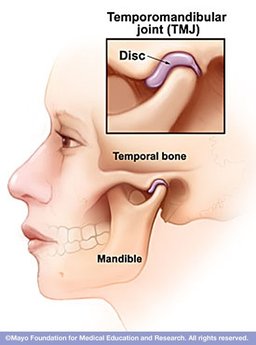 Mayoclinic.org Mayoclinic.org
Temporomandibular joint disorder (TMJD) is a type of temporomandibular disorder (TMD).
The Temporomandibular joint (TMJ) connects the lower jaw (mandible) to the skull (temporal bone) in front of the ear. You have one on each side acting like a sliding hinge. If you place your fingers just in front of your ears and open and close your mouth, you should be able to feel the joint move. If you move your jaw side to side you can feel that the joint has a wide range of motion. Problems with the joint or muscles can cause jaw pain, neck pain, headaches, or ear pain.
Causes
The exact cause of TMJ pain can be difficult to determine and in many cases the causes are unclear. Dentist believe the problems originate from the muscles in the jaw or the joint itself.
Signs and Symptoms
What You Can Do To Relieve The Pain
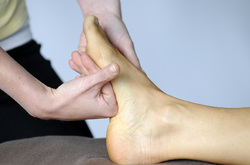 1. Reading in the dark will hurt your eyes. When reading in dim light your eye muscles receive mixed signals: Relax to collect the most light and at the same time, contract to maintain a focused image. Your eye muscles are working harder which may result in strain. This can cause headaches, back and neck aches, blurred vision, or sore eyeballs. So although you may strain your eyes you will not weaken them. 2. Knuckle Cracking Causes Arthritis As a rule, painless cracking of joints is not harmful. The “cracking” sound that you hear is usually from negative pressure pulling gas temporarily into the joint. If you feel pain from cracking your knuckles there could be an underlying abnormality of the joint structure, such as an injured ligament or loose cartilage. You should consult your Doctor if you have pain while cracking your knuckles. 3. You will catch a cold if you go out in the freezing weather with wet hair “You cannot catch a cold from being cold; you catch a cold from germs and being cold has nothing to do with it. Plenty of tests have been conducted proving this.” – Bill Nye Where did this common refrain come from? Many think that French chemist Louis Pasteur is partly to blame. In 1878, he noticed that chickens where immune to anthrax and postulated that it was because of their high body temperature. He began his experiment by exposing chickens to anthrax and then dipping their feet into icy cold water to see if this affected their odds of catching the disease. All of the chickens developed anthrax and died. He then repeated his experiment, but this time he wrapped the exposed chickens in a warm blanket. All the chickens survived. Amazingly, this experiment and others are what led Louis Pasteur to discover vaccines. 4. You Only Have Five Senses Researchers at Harvard Medicine believe there are at least 9 senses and most researchers believe there are at least 21 senses!
5. Eating carrots improves your vision One of my favorite WWII myths! This myth was developed as a cover story for the new British Radar system. Not wanting to alert the Nazi’s to their new technology, they released various pieces of propaganda. They stated that the new detection method was a result of pilots eating more carrots and being able see better and more clearly in the dark. Their propaganda campaign was so successful that many British people grew and ate more vegetables at this time. This isn't a complete myth; carrots contain Vitamin A, which is very important for eye health. 6. Urinating on a Jellyfish Sting will Soothe the Pain Urine and freshwater are not recommended to soothe a jellyfish sting. Any change in the salts of the cnidocyte can cause the nematocysts to release more venom, causing more pain. It is recommend to wash the area with saltwater which will deactivate the nematocysts. 7. You Can Cure a Snake Bite by Sucking Out the Poison This does not work and can actually cause more harm to the affected area. In recent studies, suction did not remove a significant quantity of poison and caused necrosis (death of cells) in the suctioned area. You can also cause further poisoning in the mouth’s mucous tissue if you use your mouth to suction. You can also introduce new bacteria from the mouth to the wound, further complicating the problem. What to do instead:
Our modern lifestyles are often blamed for many common health problems, but surprisingly our ancestors suffered many of the same diseases. 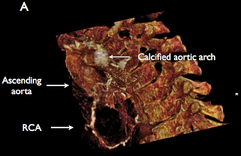 Heart Disease It was believed that ancient cultures were not stricken with the same heart diseases as modern men, mainly due to their diet which was free from high levels of sugar and fat. However in March 2013, findings were published that found signs of heart disease in mummies from five different ancient cultures. Researchers who examined around 140 mummies found that not only the wealthy, who enjoyed a richer diet and a more sedentary lifestyle, but also the lower class people suffered from heart disease. Researchers believe that chronic inflammation from parasites, repeated infections and smoke from cooking fires could have been additional risk factors.  Cancer Recent debates have emerged discussing whether cancer is man-made or environmental. There are so few examples of mummies with cancer, that it seemed as if the ailment didn’t exist in ancient times. Recently evidence has been uncovered that our ancestors also had to battle with cancer. In the region known as the Cradle of Humankind in South Africa, scientist have discovered the earliest known case of cancer. An aggressive type of cancer called osteosarcoma was found in a foot belonging to a human ancestor that died 1.6-1.8 million years ago. In 2007 the oldest known case of prostate cancer was found in the remains of a 2,700 year old Russia Scythian king. Also in 2016, scientists identified a genetic mutation that increases cancer risk in an 18th century mummy.  Brucellosis Common to rural farming areas in the Mediterranean, brucellosis, a bacterial infection, was believed to have only been around since the early 20th century. The most common way to be infected is by eating or drinking unpasteurized dairy products. In 2012 a researcher found 2 Albanian skeletons believed to belong to teenage males from the 10th to 13th century. Examinations on both showed bone damage consistent with brucellosis, suggesting that the disease has been present in Albania since the Middle Ages. Schistosomiasis - Parasitic worms Schistosomiasis is contracted through the skin when a person comes into contact with worm-infested waters. Prevalent in the delta region of Egypt, researchers have always assumed that it was a more recent pathogen, linked to urban life and stagnant water in irrigation ditches. In 2011 Researchers took tissue from Nubian mummies that dated between 1,200 and 1,500 years ago. They found around 34% were infected with Schistosomiasis, showing that the disease dates back thousands of years. 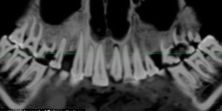 Tooth Decay Sugar was introduced to England in the 13th century and things went downhill quickly. Queen Elizabeth 1st was known for her love of sweets, which ended up causing black and decaying teeth. It was reported that foreign ambassadors found it difficult to understand her speech because she had lost so many teeth. At that time sugar was expensive, making it a luxury that only the rich could afford and black teeth became a sign of wealth. It soon became common among lower classes to darken their teeth as to appear more wealthy. A 2,100 year old Egyptian mummy was found to have a mouthful of cavities and tooth ailments. The man, in his 20's or 30's, had sought out an ancient dentist to help relieve the pain. Researchers found one of his cavities packed with linen cloth, which was perhaps dipped in medicinal oil to help relieve his pain.  Japan’s custom of dyeing one’s teeth black, Ohaguro, had been around until the 18th century. It was commonly practiced by imperial and aristocratic families. We would usually assume that this became common because of rotting black teeth, but researchers have since proven that the lacquer used to blacken the teeth was a treatment to help stop tooth decay. Stomach Ulcers Stomach ulcers aren't just a problem of our stressful modern world. In 2008, researchers found the bacteria Helicobacter Pylori for the first time in a 700 year old Mexican mummy. Although previous research had suggested that H. pylori was present in these communities, this was the first evidence that it caused gastric infections that led to ulcer formation.  Obesity/Diabetes The modern diet has rendered famine rare in the developed world, but the body continues to respond to times of plenty as if starvation is still just around the corner. We know that this can result in diabetes and obesity. But we’ve found that our ancestors were not immune. Historically, obesity and diabetes were linked only to the wealthy who could afford to binge on food and wine. Hesy-Ra, one the world’s first documented physicians, wrote about an illness resulting in frequent urination during the 3rd Egyptian Dynasty. The Greek physician Areataeus was the first to coin the term “diabetes”, derived from the Greek word siphon. Sources show that Indian, Persian, Chinese, Japanese and Korean doctors were aware of the condition, although not sure why it happened or how to treat it. The 6th century Indian surgeon Sushruta was one of the earliest to relate obesity to diabetes and heart disorders. Henry VIII was renowned for his large appetite and waist size (oh and beheading his wives.) Many historians believe his massive increase in weight was the result of overindulgence and possibly diabetes. Henry enjoyed 13 dishes each day consisting of lots of meat and pastries. He also drink around 70 pints of ale a week! By the end of his reign, the 6ft 1 in king weighed approximately 300 to 320 pounds. BonusUsing a 10th Century Potion to Kill MRSA Scientists from the University of Nottingham’s Center for Biomolecular Sciences and Anglo-Saxon Expert Dr. Christina Lee worked together to create a remedy found in Bald’s Leechbook. Written in Old English, it is believed to be one of the earliest known books of medical advice. The medieval salve was used to treat eye infections and included: 2 species of Allium (garlic, onion or leek), wine and cow bile. The recipe gave very specific instructions of how to make the salve including using a brass vessel to brew in, straining for purity and leaving the mixture for nine days before use. To the surprise of researchers, the ingredients had little effect on their own but when combined killed 90% of MRSA cultures in a laboratory setting.
Experiencing jaw pain? Does your jaw click or pop when you are eating? While tiny, your jaw joint the TMJ is a vital part of your health. Any type of jaw pain can prevent healthy eating and chronic pain of any kind can begin to affect your quality of life. Common causes of jaw pain:
At-Home Tips You Can Use To Help Ease Tension and Pain
IMPORTANT : There can be many reasons for jaw pain symptoms labeled as TMJD and is often misdiagnosed. If your jaw pain does not improve with relaxation and TMJ massage, we strongly suggest that you get a second medical opinion. Jaw pain can be a sign of serious bacterial or fungal infection, or even Lyme disease. All can be very serious if left untreated. You Might Also Like
1. If you don’t feel comfortable removing all your clothing, discuss it with your therapist. You can both come up with a plan so you can remain comfortable and the therapist will still be able to focus on your problem areas. If you would prefer to remain completely clothed, you can try chair massage and still receive the beneficial effects of massage! 2. Don't eat just before a massage session. After eating, our blood rushes to the stomach to aid in digestion. When you receive a massage the blood is drawn away from the stomach to the areas being massaged. If you've eaten just before a massage, this can cause indigestion. 3. To talk or not to talk? Some people enjoy talking during their session while others enjoy silence. You should do whatever feels comfortable and your therapist will follow your lead. 4. Good communication is key for both you and your therapist. Before the session, let your therapist know of any new health information and what you are looking for in the session. During the session, speak up and give feedback on speed, pressure, music or anything else that would make you feel more comfortable. 5. If you feel like you are tightening up during your massage, let your therapist know. Your therapist can adjust technique, speed and depth of their stroke to help relax the area. 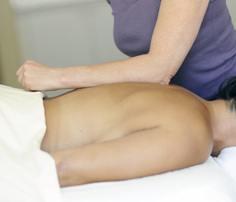 6. During the session, if your therapist hits a “knot” or Trigger Point, very often people will stop breathing if the pressure is too deep. Breathing helps facilitate relaxation, so this is the opposite of what we want. You want to be able to breathe through the pain and we want the pain to “hurt so good.” 7. It can be hard to quiet the mind during a massage. One way to bring your focus back to your body and quiet your mind is to follow the hands of the massage therapist. 8. Drink extra water after your massage. This is very important! After a massage, it’s important to flush all the toxins out of your system. It also helps to release “knots” hours after the massage! If you get a headache or feel nauseous after a massage, this is your first sign you’re not drinking enough water. 9. It’s not uncommon to feel dizzy or light headed after a massage. Take a few minutes to relax before getting off the table slowly. 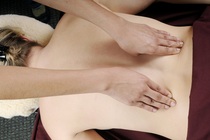 10. The therapeutic effects of massage are cumulative, so the more often you receive a massage, your body will respond quicker and you will feel better. If you are getting massage for chronic muscular tension or recover from an injury, more than one session is usually needed, so be prepared to schedule several sessions. ***If anything happens during the massage that you dislike or seems improper, you have the right to ask the massage therapist to stop. If necessary, you also have the right to end the session.***
Several studies have been done the last few years focused on the proper time to stretch. What they’ve found is pretty amazing and completely opposite of how most of us stretch today. The Findings
What should you do instead?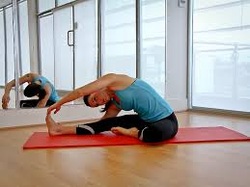
 Spring has sprung and the gardens are calling! But let's not forget about our pet friends and the dangers that can be lurking in your garden. While most of these things are obvious (fertilizer, insecticides) others might surprise you (Easter lilies!) Fertilizer, insecticides, weed spray The most dangerous forms of pesticides include:
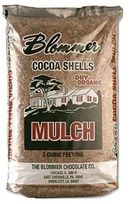 Cocoa Mulch Found in most home garden centers, cocoa mulch is known for its sweet chocolate smell and fine texture. Cocoa mulch contains theobromine and caffeine, 2 key ingredients in chocolate. From the ASPCA: What happens if a 50 pound dog eats cocoa mulch?
A 50 pound dog who eats milk chocolate:
Top Poisonous Plants
Americans love technology! We love it so much that we have multiple names for the Repetitive Strain Injury (RSI) that happens when we use our smartphones, tablets, or other devices too much. The average person spends around 23 hours a week texting, giving our hands, arms and elbows a workout without realizing it.
The muscles and tendons that allow and support the movement of the thumb are very strong but were not designed for the intense repetitive texting that has become a common day occurrence. The cramped position that is required to hold our smart phones causes muscle fatigue, strain and tension. This leads to aches and pain in our thumbs, hands, neck and shoulder muscles.
What It Feels Like:
What You Can Do To Relieve The Pain:
I do love spring time in the Rockies. Time to start prepping and planning for the garden! Here are some tips to help avoid back pain while gardening. 1. While weeding, keep your back straight from the base of your neck all the way down to the end of your spine. If this is difficult, you can wear a back brace for extra help maintaining this posture. 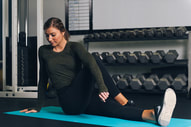 2. Take breaks and do light stretches. Here’s a link to basic stretches from the Mayo Clinic or next time you’re in for a massage, ask for a free stretching sheet. 3. Don’t twist. Turn your entire body towards what you are working on. This includes when you are picking things up. 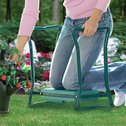 4. If you’ll be spending a lot of time working close to the ground, I suggest picking up a lightweight garden stool to protect your knees and joints. There are many designs out there, so you have plenty of options! Amazon Gardening Stools 5. I know you hear it all the time, but it’s important to BEND FROM YOUR KNEES. When picking anything up, bend at your knees and straighten your back before lifting. 6. Alternate using your right and lefts hands. This balances the workout and helps to prevent repetitive motion injuries. BONUS: Using your 'wrong' hand for simple tasks helps train your self-control. 8. Just as athletes need to cool down after a race, it’s important for you to cool down once you have finished gardening. Stretch and if you’re feeling sore, use heat or ice to relax the muscles.  7. Don’t forget sunscreen. In Colorado there's 25 percent less protection from the sun, sunscreen is a must. Good luck and may your plants grow healthy and fast!
Tension headaches are one of the most common types of headaches. Although some people get tension headaches for no apparent reason, they are usually caused by muscle tension in the neck and shoulders. Tension headaches are not hereditary.
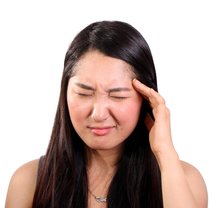
Common causes for tension headaches:
Up to 80% of adults get tension headaches with women being two times more likely to get them as men. If you experience a tension headache daily, you have chronic tension headaches and should consult with your doctor.
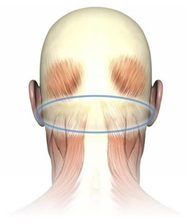
The suboccipital muscles sit at the base of your skull. These four pairs of muscles are responsible for subtle movements between the skull and first and second vertebrae of the neck. Tension in this group of muscles is a common reason for tension headaches.
Tension headaches usually start with a dull pain or tightness in the base of your neck and shoulders. This can then wrap around the head and forehead. It has been described as feeling like a clamp is squeezing the skull.
It's best to treat tension headaches at the first sign when symptoms are still mild. The goal is to stop them from happening and to relieve any pain you're in.
Get Rid Of Tension Headaches Now
Long Term Prevention
If your headaches persist, are daily, or excessively painful, or came on suddenly, we strongly advise you to consult a doctor, without delay. There can be more serious conditions that are causing the headache that require medical attention.
|
Heather McNay
I've been a Licensed Massage Therapist since 2006. In my free time I enjoy hiking with my husband and dog. I also have a passion for cooking, baking and gardening. Archives
August 2022
Categories |
Proudly powered by Weebly
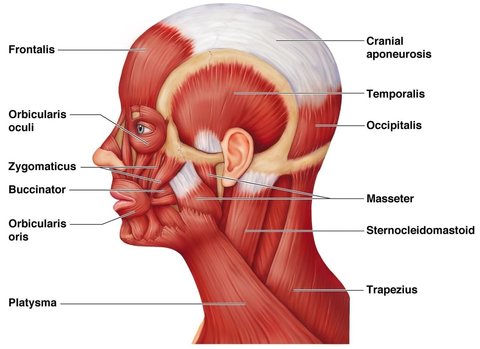


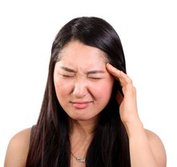
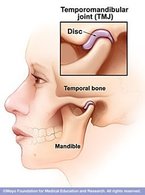


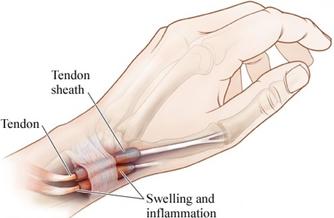


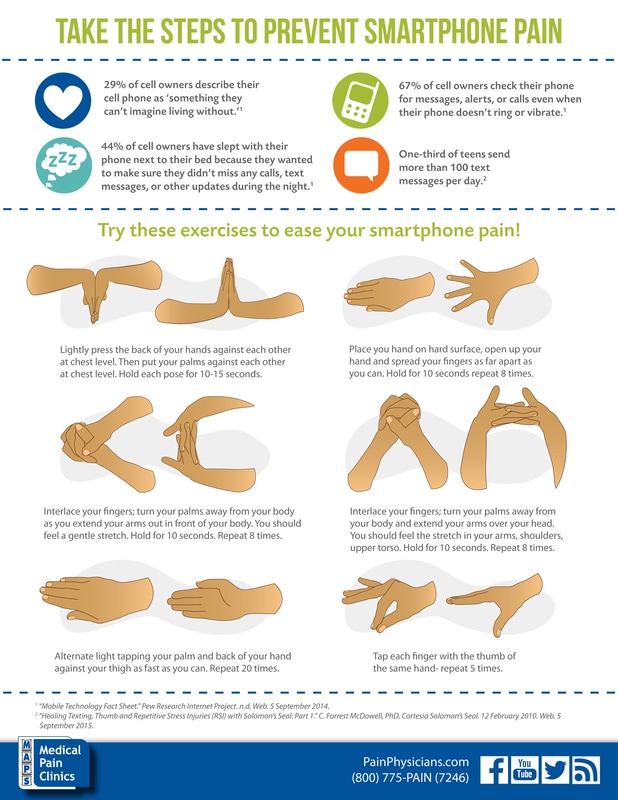
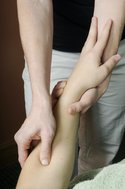
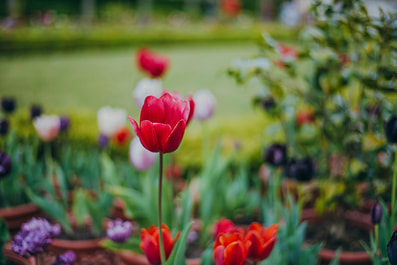
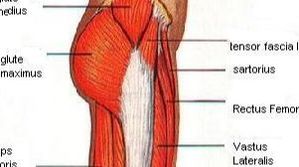
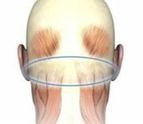
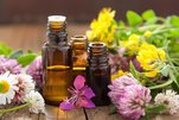
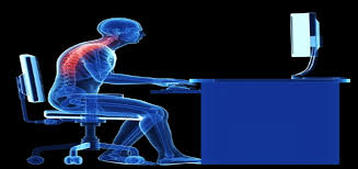
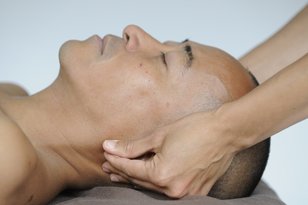
 RSS Feed
RSS Feed